Op-Ed: The harmful effects of posting on social media while violating COVID-19 guidelines
Photo credit: Greta Irvine
As the pandemic continues to have devastating impacts, adhering to public safety guidelines remains a necessary task. However, social media posts featuring social engagements that violate these guidelines cause expansive harm by encouraging risky behavior and spreading misinformation.
February 6, 2021
Sarah went to a party last night [scroll]. And Claire hung out with her childhood best friend at a dinner last week [scroll]. This is just a regular evening exploring Instagram, right? Well, it shouldn’t be. In case you forgot, we are in a pandemic that has killed over 2.3 million people worldwide.
Since March of 2020, public safety guidelines have been instituted in the United States to slow the spread of the COVID -19. Although public messaging has lacked clarity due to inconsistent government communication, the CDC established three main guidelines for civic interactions: Social distancing of six feet from non-household members is essential, wearing a mask that covers your nose and mouth protects yourself and others from spreading the virus and avoiding crowds lowers your likelihood of exposure to the virus.
Without a doubt, these safety measures have transformed the structure of day-to-day life globally. And for many teenagers like myself who find their social interactions diminishing greatly, following these guidelines has become a moral dilemma. Do I respect social distancing and mask measures when going out or do I not? Social media seems to suggest many teenagers have chosen the latter as platforms like Instagram, Snapchat and TikTok have been bombarded with posts of social interactions that do not uphold public health guidelines.
Adolescents have an increased need for peer interaction, so it’s not unexpected for teenagers to seek social interactions. And while, to some extent, posting about risky social interactions during the pandemic may make teens feel connected, that benefit is outweighed by the expansive harm pushing the “share” button causes.
Whenever a teenager posts on a social media platform, tens, hundreds, even thousands of their followers can see what they have shared, many of those followers being a similar age. As adolescents tend to observe a given behavior by a peer and adopt it, posts about social engagements violating COVID-19 guidelines now pave the way for malleable teens to learn from and imitate irresponsible, dangerous behavior.
Excusing such influence also becomes accessible for teenagers as media scholar Donald L. Shaw wrote in a 1979 paper on mass communication: “People tend to include or exclude from their cognitions what the media include or exclude from their content.” In other words, these risky social media posts allow teens to avoid critical analysis of real situations they encounter online on a daily basis.
Take for example an Instagram post I saw a post yesterday where two friends sat on a blanket, surrounded by cake, cheese boards, sodas and all the other goods you could want on a Saturday at noon. What did this photo tell the 300 teenage minds that liked the post? It says that having an aesthetic lunch date with friends is a fun activity to be enjoyed without masks or social distancing.
What it doesn’t mention are the lives being put at risk not only in the photo, but of those who adopt this as a reasonable and safe interaction.
As more and more of these posts blend into our Instagram feeds, it is almost impossible to avoid feeling lonely, depressed or fear missing out on something. Of course, these are feelings present even before the pandemic but combating them through social engagements has become a thousand times more dangerous. Spending a weekend with friends or going to that party you missed out on last week no longer brings up your spirits and gets you out of your room. Instead, it may put your life at risk or the lives of your families or friends’ families. Limiting the amount of posts appearing on profiles that violate guidelines can help to minimize teenage emotional distress that is solved by taking risky measures.
Listening to health guidelines is not supposed to be super easy. But it does not give anyone a right not to listen. Even so, what seems to remain a question among teenagers is the risk of contracting COVID-19 in certain environments. It takes at most five minutes to look at data about Covid-safe environments and listen to credible guidance.
But this may not be enough. A study published in Psychological Science found, “To early adolescents, the opinions of other teenagers about risk matter more than the opinions of adults.”
The responsibility is now in the hands of the poster: Will you be the resource for impressionable teens who spreads misinformation about COVID-19 safe environments and normalizes unsafe gatherings?
I can’t be more clear than this: people are dying, and your actions either enable this or prevent it. Whatever your intent was when posting about a risky social interaction, it has no value in face of the deadly impact.
The ability to hang out with others during a pandemic is a privilege. Posting on social media is a privilege. Taking risks to socialize with others is a privilege. All of these privileges come with a responsibility whether that is to set a good example, positively influence others or at the very least do no harm.
I get it. I miss spending time with my friends. I miss using social media to share my eventful life. And I understand a sweeping restriction on social interactions and social media usage is unreasonable and unnecessary. Instead, engaging with those things safely and constructively is essential.
Channel your effort into mindful sharing. Hanging out with friends, socially distanced, with masks and in small groups is great. And do you want to post a photo of yourself doing so as well? Go for it. Good examples are always welcome. Promoting safe behavior is the influence we all should attempt to have when using social media.
You learn from a young age that actions have consequences. And right now, the consequences may be other people’s health and lives.



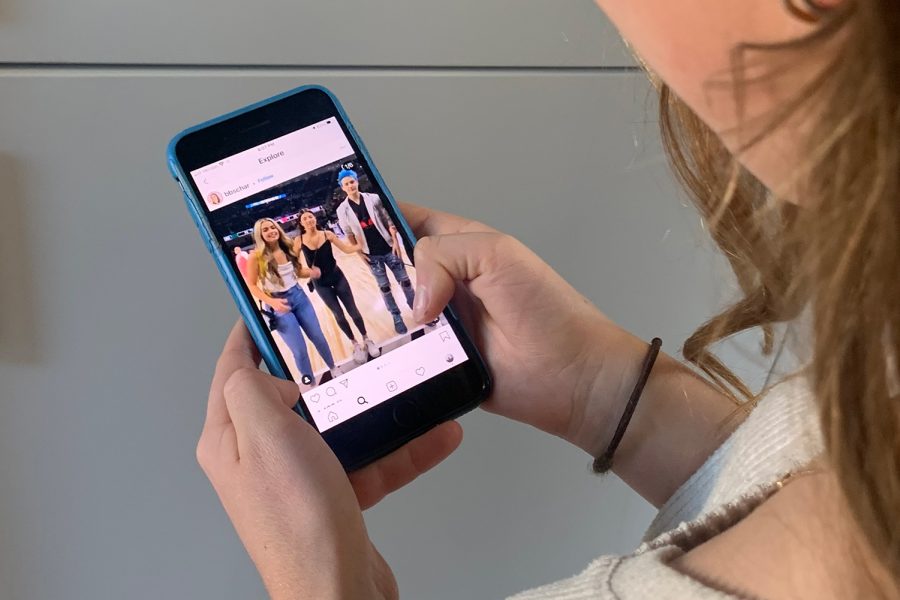
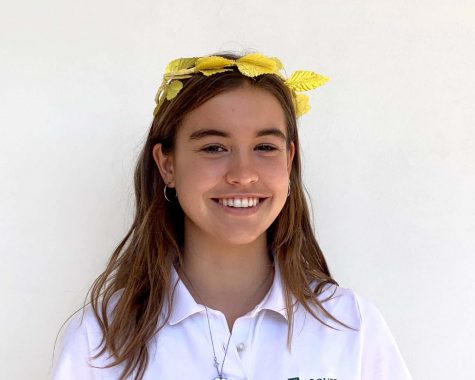



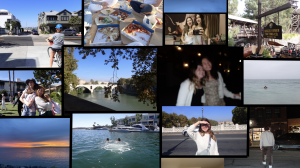

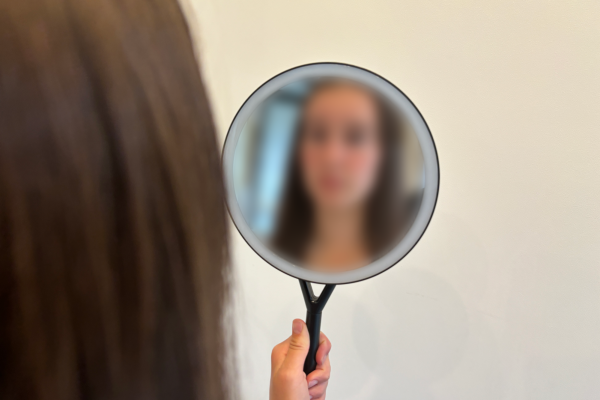
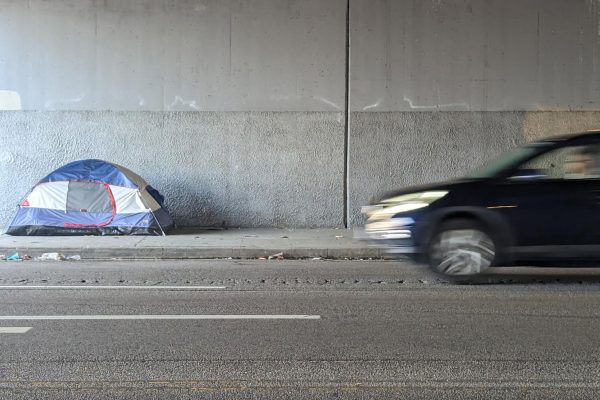


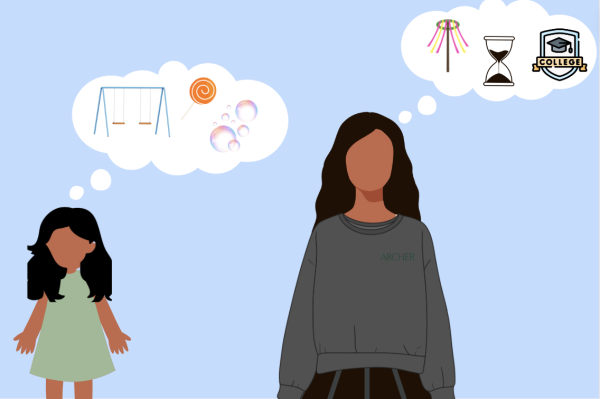

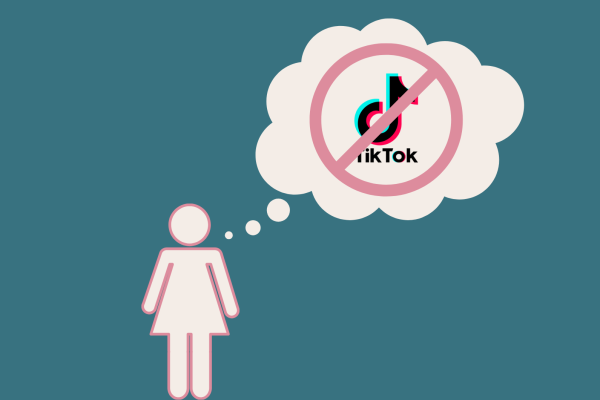
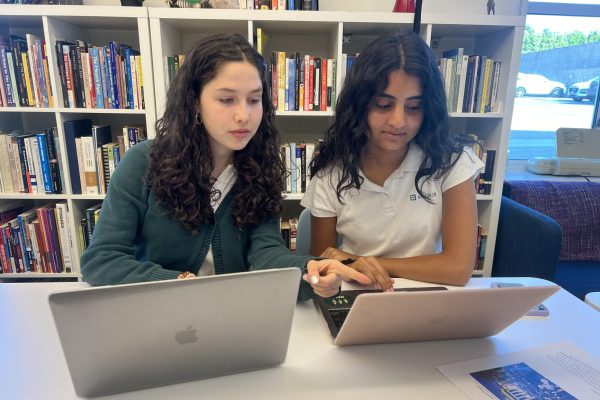
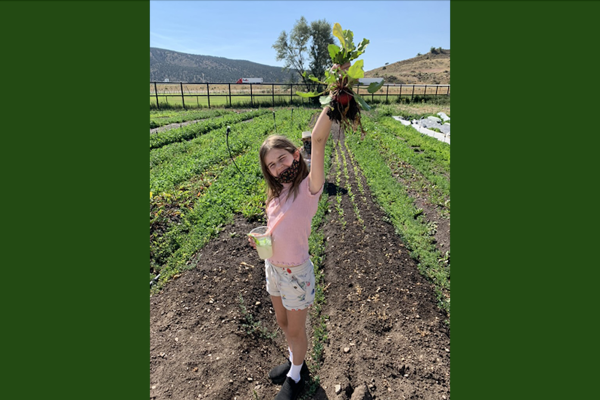
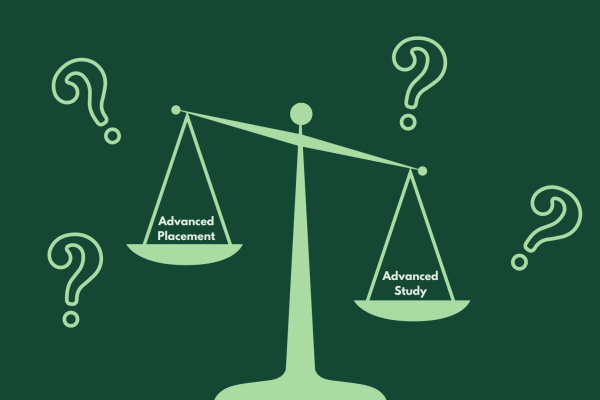
Tiffany Smith-Anoa'i • Feb 20, 2021 at 1:08 pm
Enjoyed your article Greta, great job!